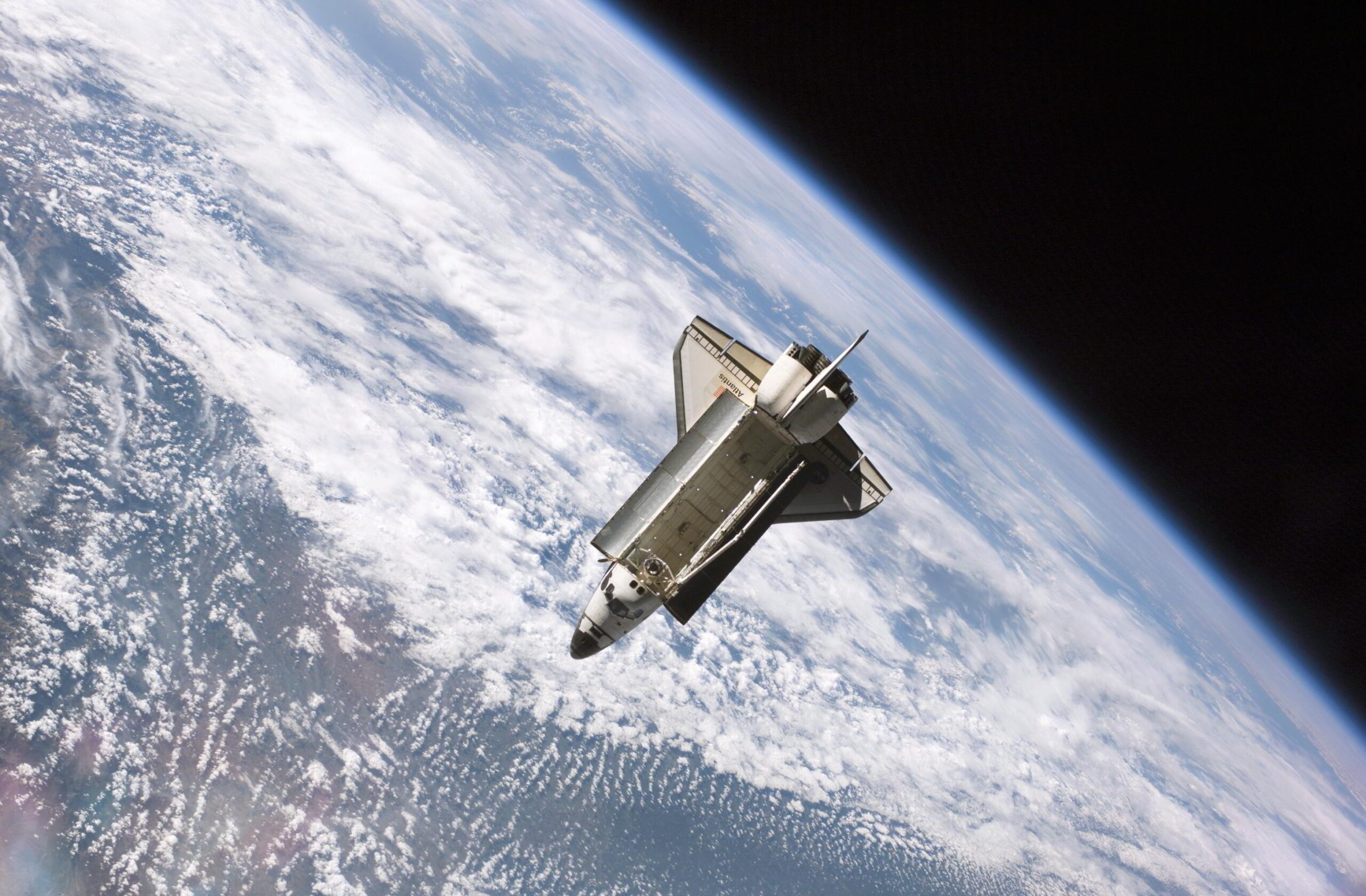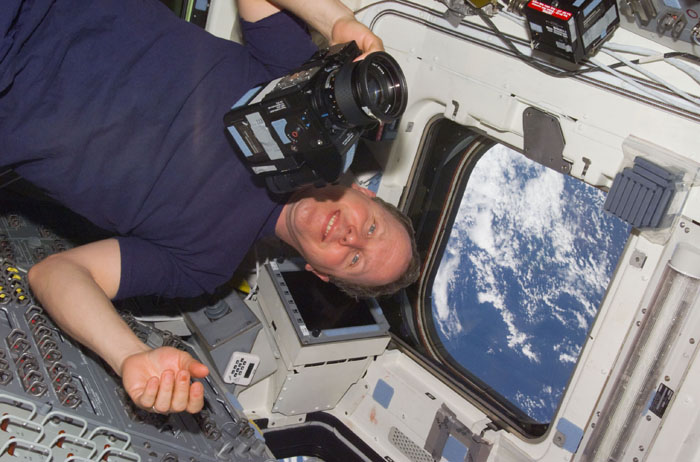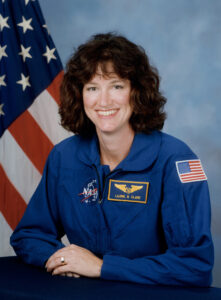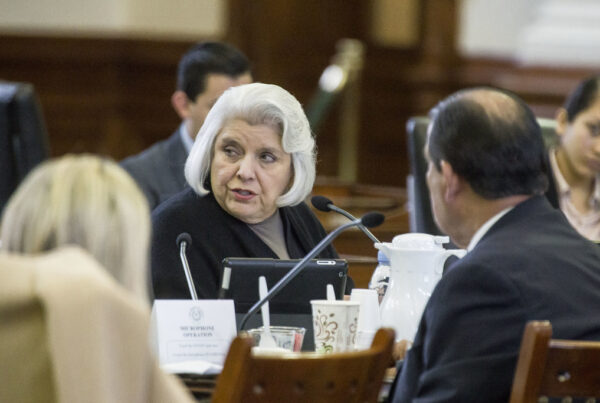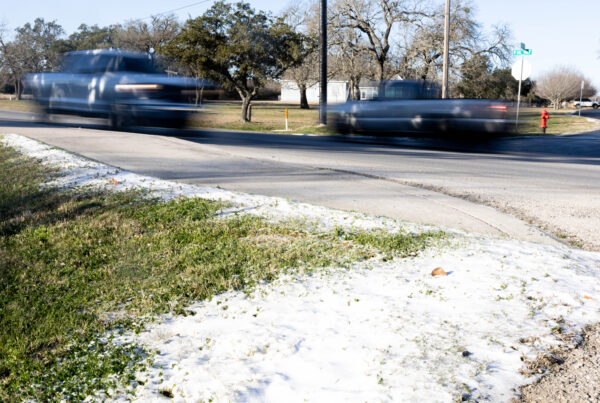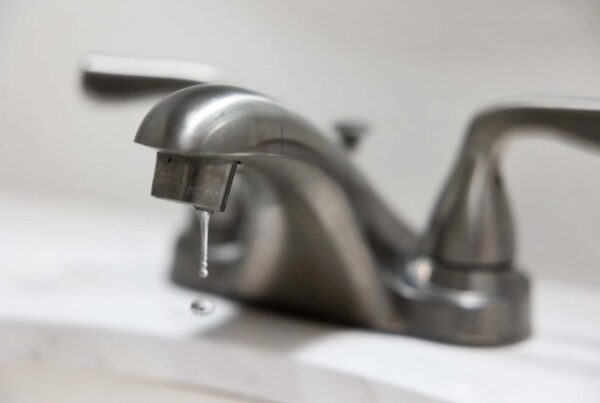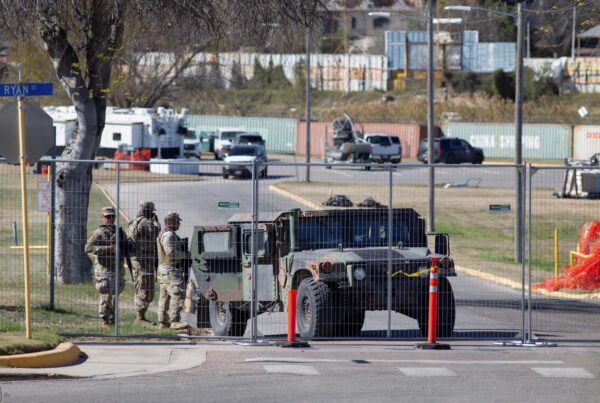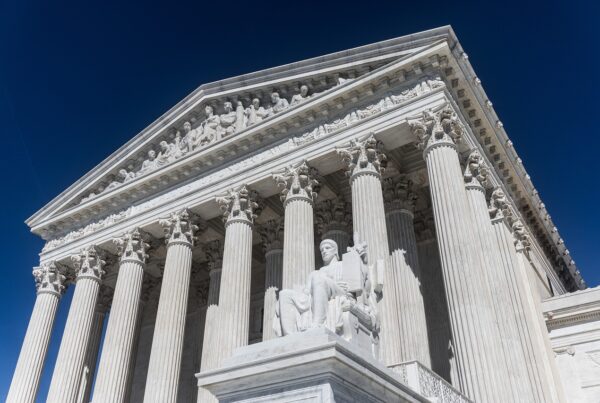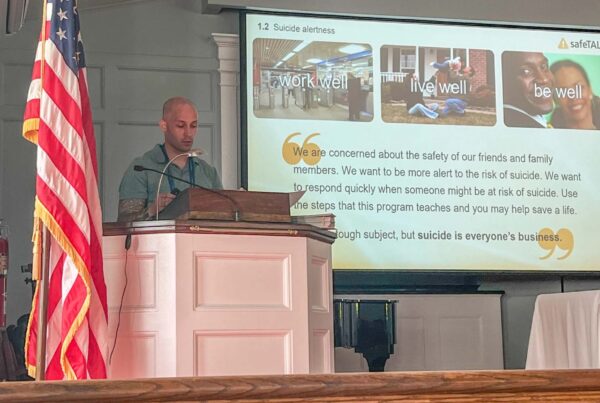Atlantis. Discovery. Enterprise. Endeavor. Challenger. Columbia.
For three decades, NASA was in the Space Shuttle age with 135 missions. Most were filled with historic firsts. And, of course, there were also notable tragedies.
Astronaut and spacewalker Tom Jones has collected stories from each mission into a big photo-filled book titled “Space Shuttle Stories.”
Jones spoke with the Standard about his own experiences with the Space Shuttle program and why he believes its accomplishments may be sometimes overshadowed by its two deadly disasters.
Listen to an extended version of the interview above or read the transcript below. This transcript has been edited lightly for clarity.
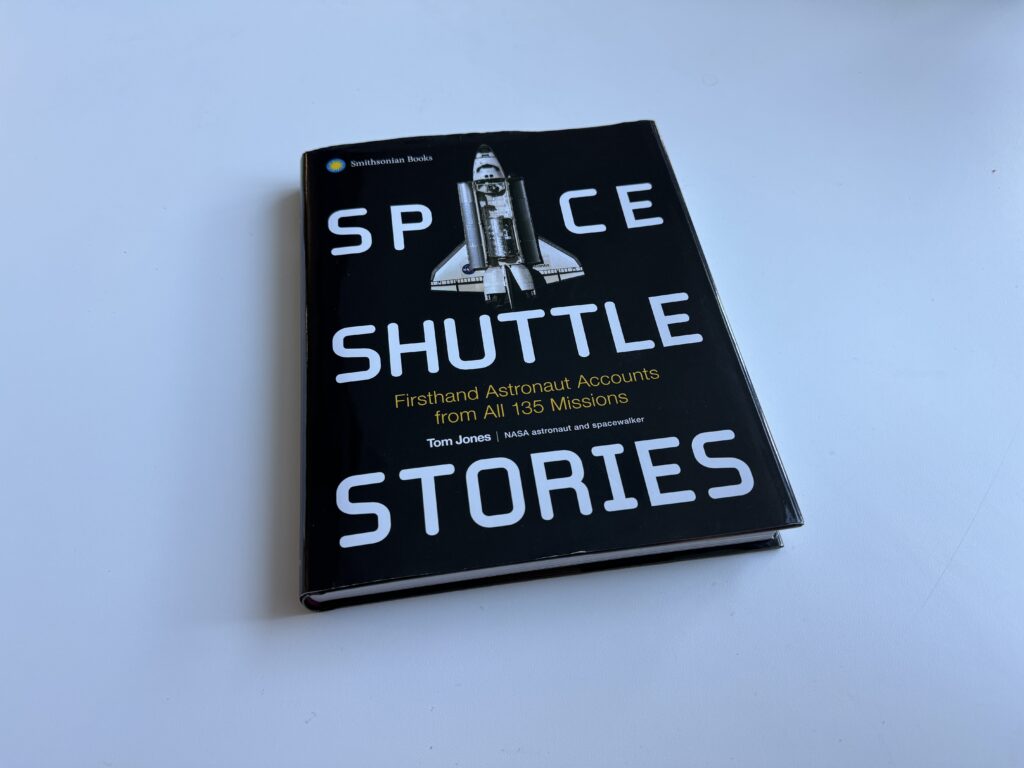
Texas Standard: Tell us a little bit about your own four Space Shuttle flights.
Tom Jones: I was very lucky to get to fly on four shuttle missions during the 1990s into the early 2000s. And so three of them, the first three, were science missions. And that’s so much of what the shuttle did during the 1990s. It was a science platform helping us get ready for the space station program.
And so two of them were Earth science missions, where we studied the changing face of our dynamic planet. And the third one was a launch of two science satellites that did some astronomy, and the other one did computer chip manufacturing in space. Then we retrieved those satellites and brought them back home for reuse.
And then finally, on my fourth trip, it was a construction hardhat flight where we helped build the space station by delivering the U.S. science lab called Destiny up there to the station.
Could you say a little bit more about what was so special about the Space Shuttle era for NASA?
It came after the Apollo moon landings. The first flight was in 1981, and then the shuttle served the nation for 30 years until 2011. And it was the most long-lived program in NASA’s history. And I would argue that it was the most important program, even considering Apollo, because in those 30 years we learned how to work and do complex operations in space that are going to be the foundation for what we do here in the 21st century.
So the shuttle was a very versatile, flexible platform. It did military and classified missions to help us during the Cold War. It did satellite deployment repair. It flew many science laboratories to get us ready for the space station, and it repaired and upgraded the Hubble telescope, for example.
355 people flew on the Space Shuttle. The story that I wanted to tell was, how did using the shuttle change the lives and the experiences of these crewmates of mine?
What did folks tell you about how their experience with the shuttle program changed their lives?
Well, there’s the physical experience, first of all. And so everybody is awestruck by the view of the home planet from 200 miles up, let’s say. And so there’s that experience of seeing your home as an oasis in space. And it’s always changing. It’s always beautiful. It’s always a lovely sight out the window. It’s a wonder that we ever got any work done up there because of the draw of the beauty of the planet outside.
And then there’s the physical experience of living and working in space. You know, you’re on a camping trip where you happen to be weightless at the same time, and you’re trying to deal with everything that you have to deal with in living and working in a laboratory up there.
So the space shuttle was essentially an orbiting laboratory type of environment, but you still had a bathroom, you had a kitchen, you had exercise gear and sleeping quarters. All of that rolled into these two minivan-sized spaces that made up the shuttle’s crew cabin. So you get that coming through the book, how people dealt with the space experience.
But then I think the overwhelming impression that was in common with our crewmates and colleagues was that we felt an immense satisfaction in being part of the team that pulled off all these amazing and different missions. So you were part of the Mission Control team in Houston. You were part of the launch control team in Florida, getting you into orbit, preparing your spaceship for flight. And then, while you were in space, you were the in space part of that team that actually, you know, did the actual rendezvous and grapple of satellites or built a space station or operated an observatory up there.


